And in space news ...
... and back to the moon ... and beyond ...

See how far our little ability to walk upright has taken us!
(If only we could get beyond the rest of our inner "chimpanzee!")

Gassho, J
STLah
Scientists developed a colorful and stunning simulation of what the beginning of a star's life looks like. They say previous models could only simulate a small patch of the cloud where a star forms.
... and back to the moon ... and beyond ...
For the first time in 50 years, a spacecraft is preparing to launch on a journey to the moon.
The uncrewed Artemis I mission, including the Space Launch System Rocket and Orion spacecraft, is targeting liftoff on August 29 between 8:33 a.m. ET and 10:33 a.m. ET from NASA's Kennedy Space Center in Florida.
Although there is no human crew aboard the mission, it's the first step of the Artemis program, which aims to return humans to the moon and eventually land them on Mars. ... Orion's journey will last 42 days as it travels to the moon, loops around it and returns to Earth -- traveling a total of 1.3 million miles (2.1 million kilometers). The capsule will splash down in the Pacific Ocean off the coast of San Diego on October 10.
The uncrewed Artemis I mission, including the Space Launch System Rocket and Orion spacecraft, is targeting liftoff on August 29 between 8:33 a.m. ET and 10:33 a.m. ET from NASA's Kennedy Space Center in Florida.
Although there is no human crew aboard the mission, it's the first step of the Artemis program, which aims to return humans to the moon and eventually land them on Mars. ... Orion's journey will last 42 days as it travels to the moon, loops around it and returns to Earth -- traveling a total of 1.3 million miles (2.1 million kilometers). The capsule will splash down in the Pacific Ocean off the coast of San Diego on October 10.

See how far our little ability to walk upright has taken us!
(If only we could get beyond the rest of our inner "chimpanzee!")

Gassho, J
STLah


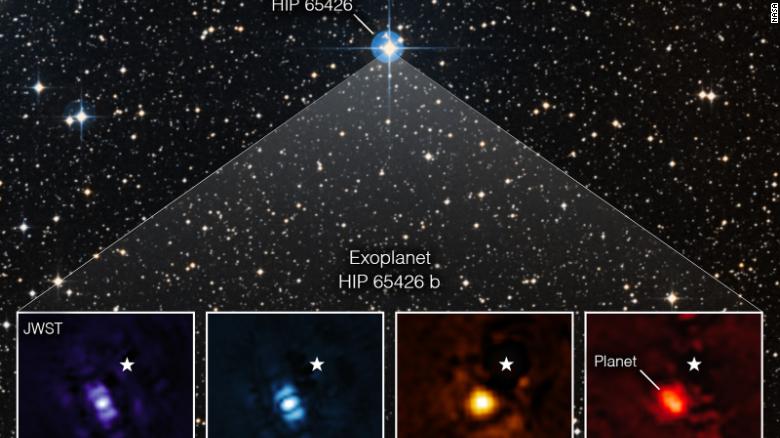



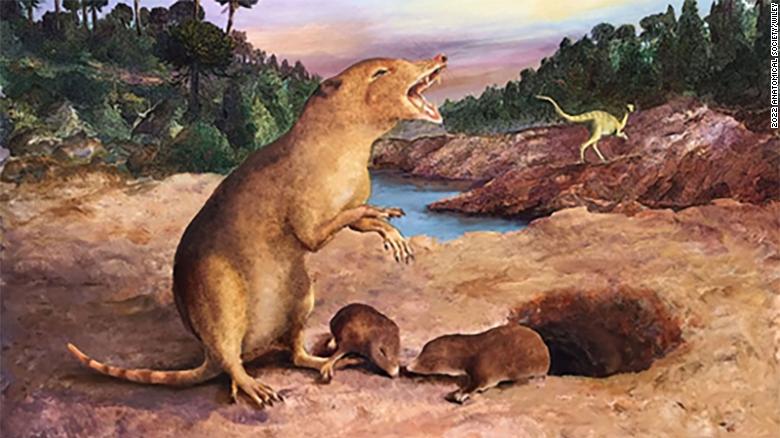
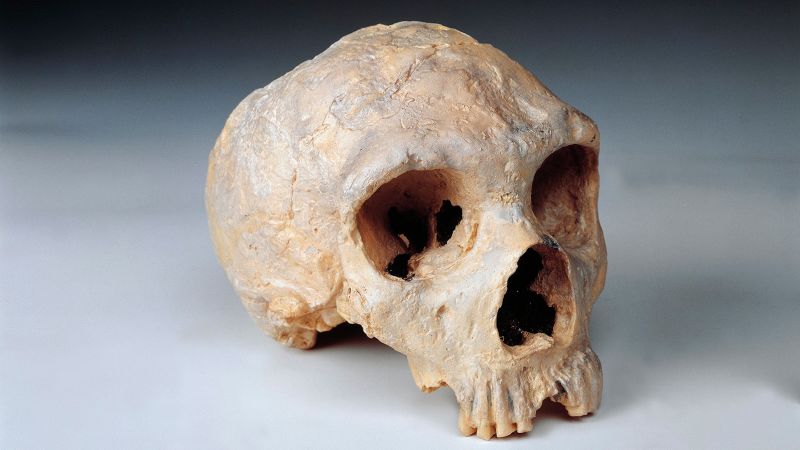





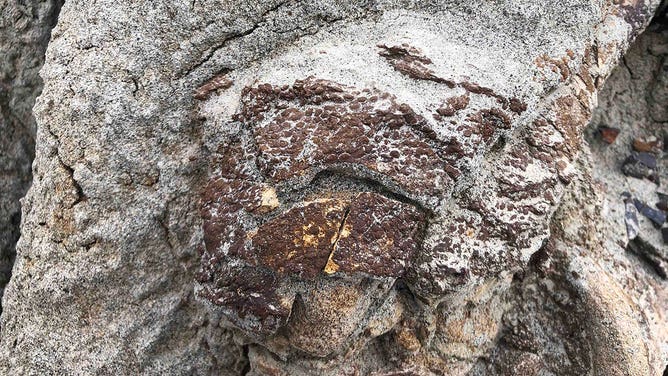
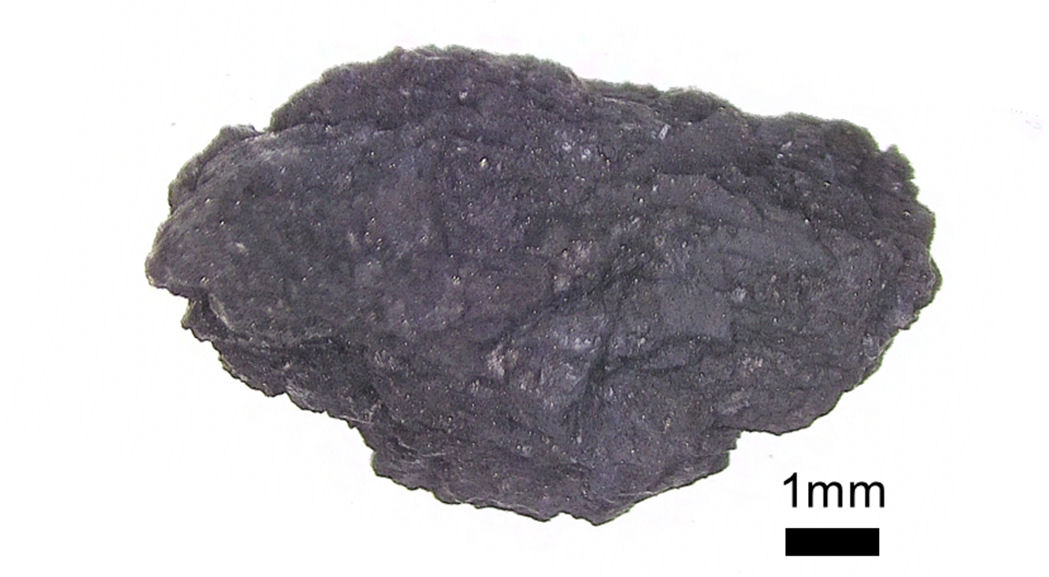


Comment